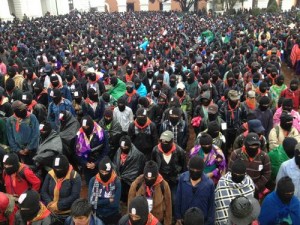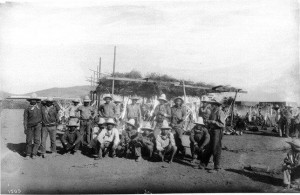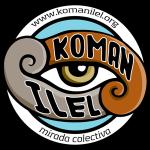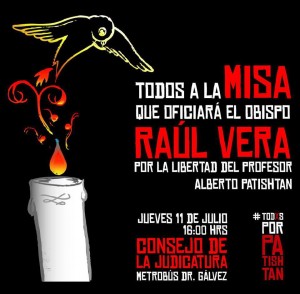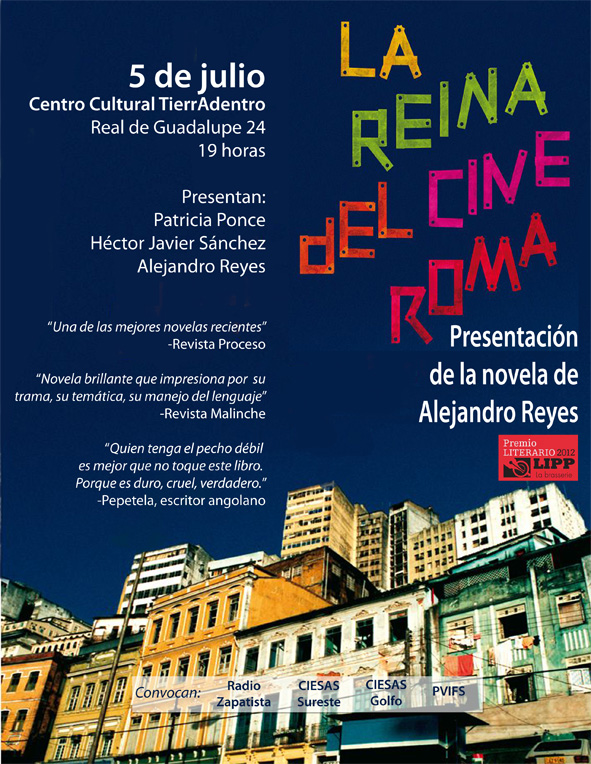
Author

Message from the hunger striking prisoners in California: “If it was not for your support, we would have died in 2011.”
Greetings to our supporters and all people of conscience.
We are grateful for your support of our peaceful protest against the state-sanctioned torture that happens not only here at Pelican Bay but in prisons everywhere. We have taken up this hunger strike and work stoppage, which has included 30,000 prisoners in California so far, not only to improve our own conditions but also an act of solidarity with all prisoners and oppressed people around the world.
We encourage everyone to take action to support the strike wherever they live. Sign the petition demanding California Governor stop the torture; plan rolling solidarity fasts if you are able; use every means to spread the word; and participate in non-violent direct action to put pressure on decision-makers.
If it was not for your support, we would have died in 2011. Thank you everyone. We are confident we will prevail.
In Solidarity,
– Todd Ashker, C-58191, PBSP-SHU, D4-121
– Arturo Castellanos, C-17275, PBSP-SHU, D1-121
– Sitawa Nantambu Jamaa (Dewberry), C-35671, PBSP-SHU,D1-117
– Antonio Guillen, P-81948, PBSP-SHU, D2-106
The PBSP-SHU Short Corridor Representatives

(Español) Carta de La 72, Hogar-Refugio para personas migrantes para el Profesor Alberto Patishtán
Tenosique, Tabasco, 8 de Julio de 2013
ALBERTO PATISHTÁN GÓMEZ:
PROFESOR
Ahora que le compañero Rubén Figueroa te visita, te mandamos nuestra palabra desde La 72, Hogar-Refugio para Personas Migrantes. Él, Rubén víctima como tú, pero en libertad, como tú, te explicará con detalle nuestra labor.
Queremos decirte Alberto que sabemos de tu lucha. Queremos decirte que nuestro corazón, como el de mucha gente, camina junto al tuyo.
Alberto, eres el hombre más libre de México. En La 72, las y los migrantes nos han enseñado a caminar en medio del sufrimiento, en medio de la nada absoluta y de todo violento que significa este país. Ellas y ellos son un pueblo en peramente éxodo, buscando incansablemente, como tú la libertad.
Va nuestro latido, Profesor, a tu corazón, para que vibren junto al tuyo. Junto a todas las rabias de este país, junto a todas las inquebrantables esperanzas.
Que algún día nuestras manos se levanten juntas para cantar libertad y nuestros pies se unan para andar la justicia y la paz
¡¡¡LIBERTAD PATISHTÁN!!!
LA 72



